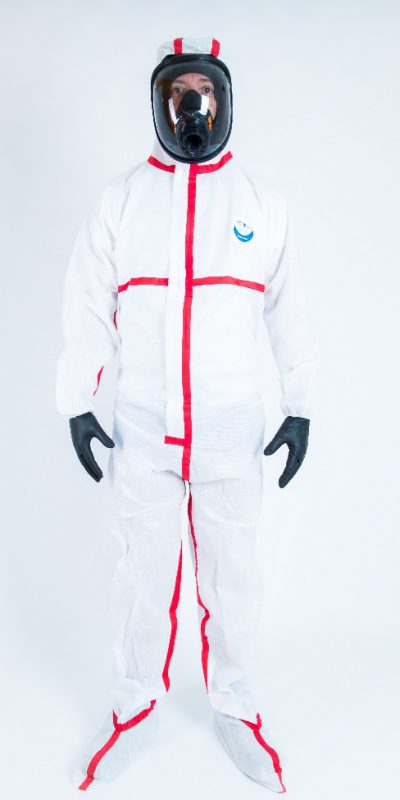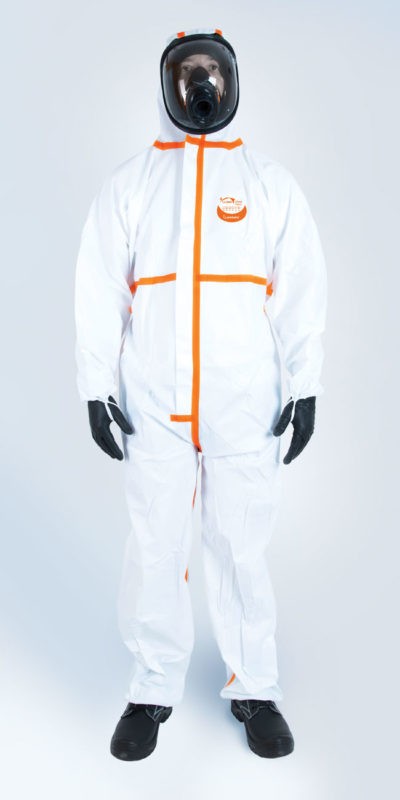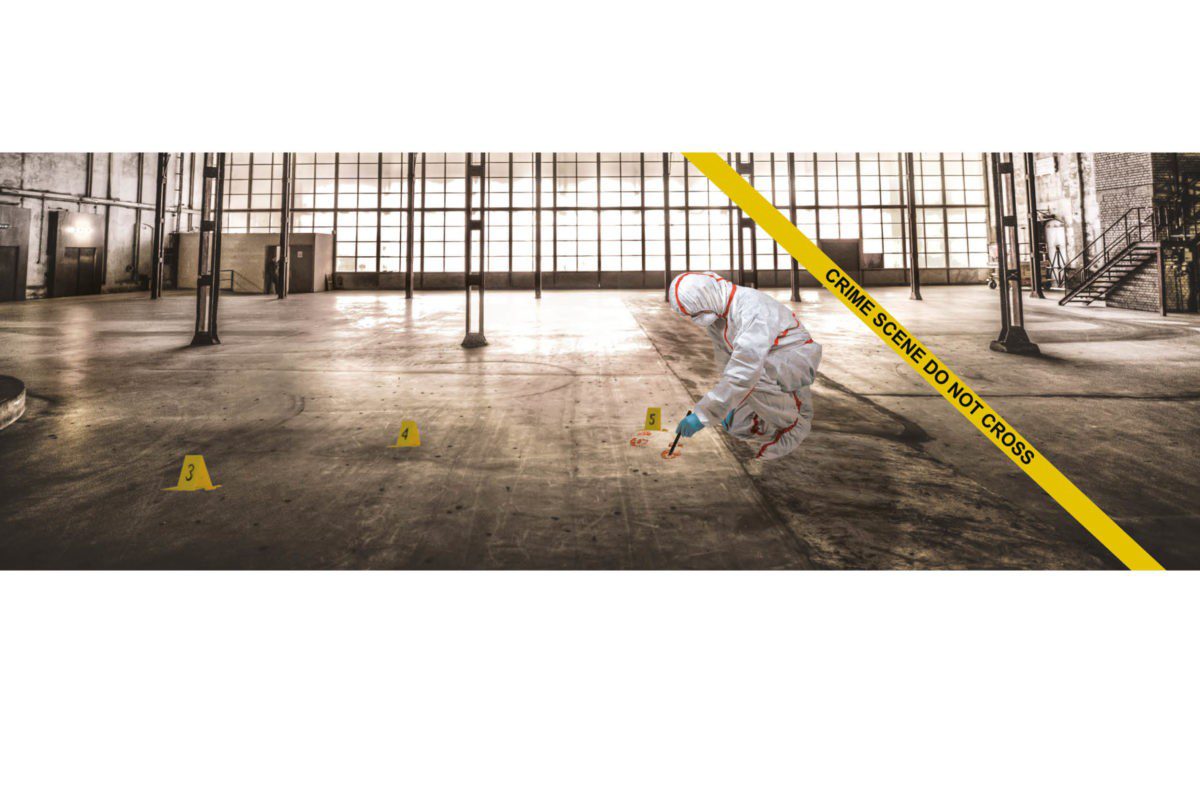
TYPE 5/6 WEECOVER MAX 1 INTEGRAL COVERALL


Request for recommendation
Find a distributor

Need information about : PROFESSION SHEET : FORENSICS SUITS ?

22 January 2019
Crime scenes can expose forensic staff to a variety of health and safety risks. Coveralls must protect the wearer from chemical and biological hazards.
PROFESSION SHEET : FORENSICS SUITS.pdfCrime scenes can expose investigators to a variety of health and safety risks. Not all risks are immediately obvious, and some may appear as the investigation unfolds. Forensics suits for collecting forensic evidence must meet several important criteria:
1/ Protect the evidence collector with a clothing adapted to the risks involved.
2/ Avoid crime scene contamination.
3/ Bring comfort to the wearer by reducing the risk of heat stress.
Our coveralls prevent cross-contamination when collecting evidence.
Crime scenes can expose forensic staff to a variety of health and safety risks. Coveralls must protect the wearer from chemical and biological hazards. The chemical hazard may happen under the form of dry particles, such as toxic powder, or under liquid form. In addition, the single-use coverall must take into account any biological risks met with on crime scenes such as splashed blood.
POWDERS (Illegal drugs – Explosives); LIQUIDS (solvents, detergents); PLANTS / PLANT MATERIALS (Soil, roots, seeds); MATERIALS OF BIOLOGICAL ORIGIN IN SOLID OR LIQUID FORM (Saliva – blood – hair – skin cells); CARBONIZED DEBRIS (Ashes); MICRO MATERIALS (Fragments of paint); TEXTILE FIBERS (Synthetic or natural fabrics)
Our protective clothing protects the wearer from head to toe. We have developed outfits with integrated overboots covering and protecting all parts of the body to prevent micro-organisms or any powder from passing through the seams. Our WeeCover Max 1 coverall is made with fully thermo-sealed seams. Most exposed to splashes and contaminations, the front part of the body benefits from a tight protection thanks to the self-adhesive flap over the zipper.
At a crime scene, it is also important not to contaminate the investigated area. The aim of the protective coverall is to reduce the risk of the evidence collector depositing skin cells, hair or clothing fibers. The whole protective coverall provides a barrier between the wearer and the site of investigation: seams, zipper and material provide tightness to fine particles and droplets. The coverall materials used are lintfree.
The area where evidences are collected is sometimes very confined. The evidence collector must be extremely meticulous in his actions, which can sometimes create stress. Most protective coveralls are made of polyethylene, thus not breathable. Naturally, as soon as the coverall is put on, the wearer suffers from heat stress. That is why we created WeeCover Max 1, a breathable coverall in SMS material
Click here to discover our prossion sheet : forensics suits